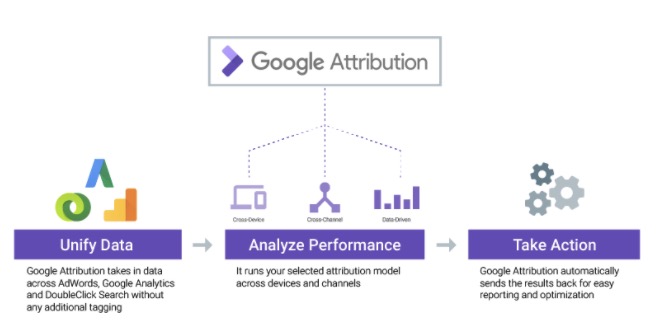Report: “Google Now Knows When Its Users Go to the Store and Buy Stuff”
From The Washington Post:
Google has begun using billions of credit-card transaction records to prove that its online ads are prompting people to make purchases – even when they happen offline in brick-and-mortar stores, the company said Tuesday.
[The new service is named Google Attribution].
[Clip]
The new credit-card data enables the tech giant to connect these digital trails to real-world purchase records in a far more extensive way than was possible before.
[Clip]Google said it took pains to protect to protect user privacy.“While we developed the concept for this product years ago, it required years of effort to develop a solution that could meet our stringent user privacy requirements,” Google said in a statement. “To accomplish this, we developed a new, custom encryption technology that ensures users’ data remains private, secure, and anonymous.”
Read the Complete Article

More From the BBC:
Google has vast amounts of data on net users, from services such as AdWords, Google Analytics and DoubleClick Search which combine details about the ads displayed on devices with what has been searched for in Google.
Google can also collect location information from phones, allowing it to work out when a user has seen an ad, and whether they have searched for the product advertised and gone to an offline shop to buy it.
It added that Google’s “third-party partnerships” already capture approximately 70% of credit and debit card transactions in the US, but did not reveal who the partners were or how information was captured.
Read the Complete Article
From Marketing Land:
Google has taken several steps in recent years to move beyond a reliance on last click. Attribution modeling for search funnels, which Google added to Adwords in 2014, helps advertisers evaluate the impact of their search ads using other models. And roughly a year ago, Google added the ability for search marketers to assign an attribution model to conversion events in AdWords, including Google’s data-driven attribution model. These will continue to be available in AdWords.
The data-driven attribution model, launched in 2013, uses machine learning to assign credit to each interaction along a conversion path. Google Attribution also supports this model. In order to use it, accounts must have at least 15,000 clicks and a conversion action with at least 600 conversions within 30 days.
Google Attribution is now in beta and will roll out to more advertisers over the coming months. The paid enterprise version, Attribution 360, that launched as part of the Analytics 360 suite, is still available.
Read the Complete Article
See Also: Google Attribution Intro Blog Post (via Google AdWords Blog)
Filed under: Data Files, News, Patrons and Users
About Gary Price
Gary Price (gprice@gmail.com) is a librarian, writer, consultant, and frequent conference speaker based in the Washington D.C. metro area. He earned his MLIS degree from Wayne State University in Detroit. Price has won several awards including the SLA Innovations in Technology Award and Alumnus of the Year from the Wayne St. University Library and Information Science Program. From 2006-2009 he was Director of Online Information Services at Ask.com.


